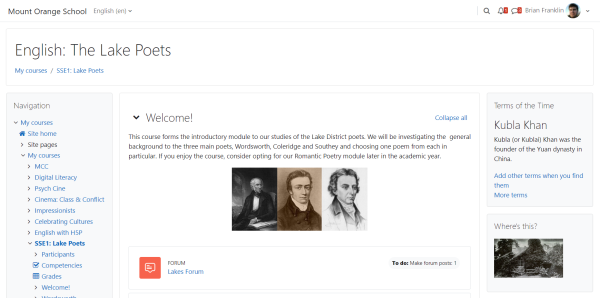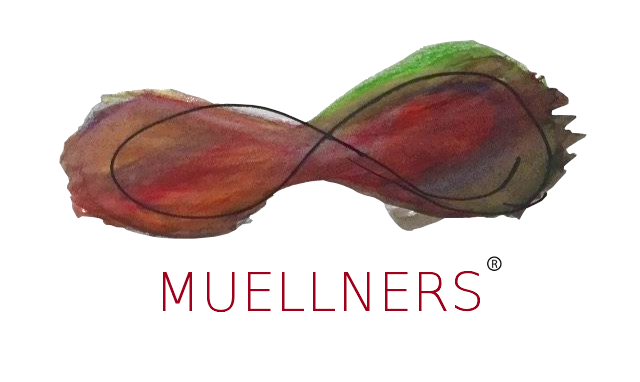Quickstart Guide: Mentors and Contributors
In the Muellners Foundation Digital Campus, a Mentor is responsible for curating the materials in their course. They often also manage enrolments and can change the layout of the course page. This quick start guide introduces School features to those with the Mentor role.
Activating Third Party Licenses
Request Github Resources for Teachers here.
Teach your students with the industry-standard tools
FREE GitHub Team for courses, coding clubs, and nonprofit research
GitHub Classroom for managing assignments linked to the Course
Course set up
A course is a space on the School platform where mentors can add learning materials for their courses.
A mentor may have more than one course, and a course may include more than one mentor and more than one group of learners.
By default, a regular mentor role does not allow to add a new course.
See Adding a new course for information on how courses may be created.

Example of a course
A course can display its materials in several ways or 'formats', for example, in weekly sections or named topic sections.
You can show all the sections at once or just reveal one at a time.
See Course settings for more information, or watch the screencast Course layout.
Course sections may be renamed by turning on the editing and clicking the configuration icon underneath the section name. Sections may also be moved by drag and drop, and sections added or removed by clicking the + or - underneath the bottom section.
See Course homepage for more information.
You can also add elements, known as 'blocks', to the right, left or both sides of your central learning area, depending on your theme.
Course enrolment
Before learners can access your course, they must first be authenticated on the Foundation Campus.
Enrolment methods
There are several enrolment methods available to a mentor; what is available, again, depends on the subject matter and course category.
The Program CWC might enrol fellows into courses automatically, or the mentor might be able to let fellows enrol themselves. This is the Manual enrolment method. Other options can be seen in the Enrolment methods, including Self-enrolment and Guest access.
Note: Guests can only view the course and its resources; they cannot participate in any activities related to the course.
An enrolment key may be set if Self-enrolment is enabled so that only fellows with the key can enter.
Giving learners course access provides more information on course enrolment.
Grading
Every course has its own Gradebook, which can record scores from assignments, quizzes, peer assessment workshops, 'branching' lessons, SCORM activities and LTI learning resources.
Tracking progress
If completion tracking has been enabled for the site and in Course navigation > Settings, you can set completion conditions in activity settings. A button with completion requirement information will appear to the right of the activity, and a fellow may either be allowed to check it manually, or the item will show completely once the criteria for that particular activity have been met.
Completion indicators (circles) are displayed in the course index and reflect the completion status of each activity for quick checking.
This feature can be combined with Course completion so that when certain activities have been completed and/or grades obtained, the course itself is marked complete.
Completion buttons and indicators
Badges can also be issued manually or based on completion criteria to act as a motivator and record of course progress.
Restricting access
A course can be set to display everything to everyone, or it can be very restrictive, displaying certain items at certain times, to specific groups or based on performance in previous tasks.

Options for restricting access
Course items and sections may be manually hidden using the 'hide' icon when the editing is turned on. Suppose the Program CWC has enabled Restrict access. In that case, a Restrict access section will display in each course activity and resource, allowing you to choose how and when this item will be revealed and whether to hide it completely or show it greyed out with the conditions for access.
